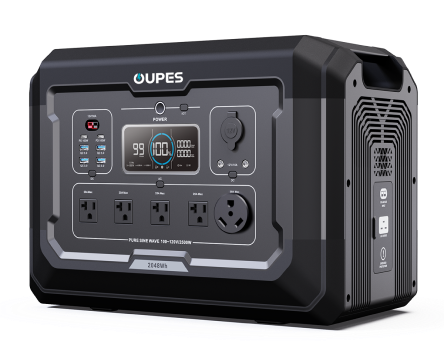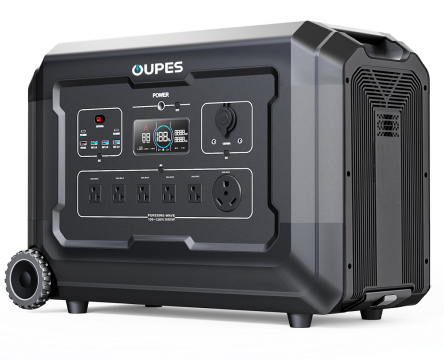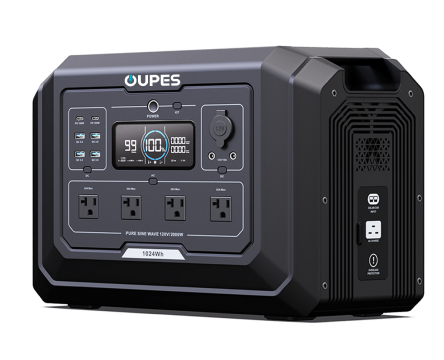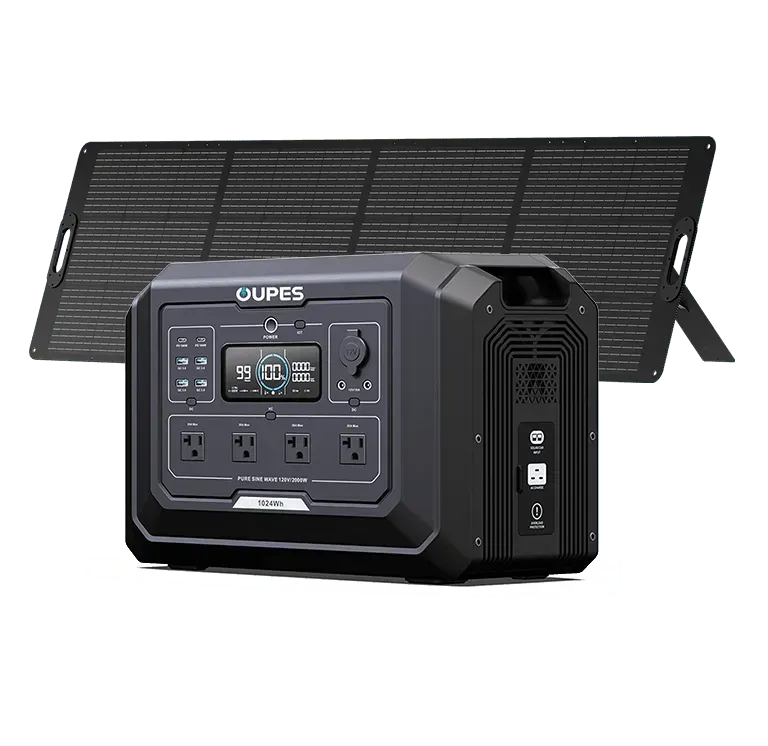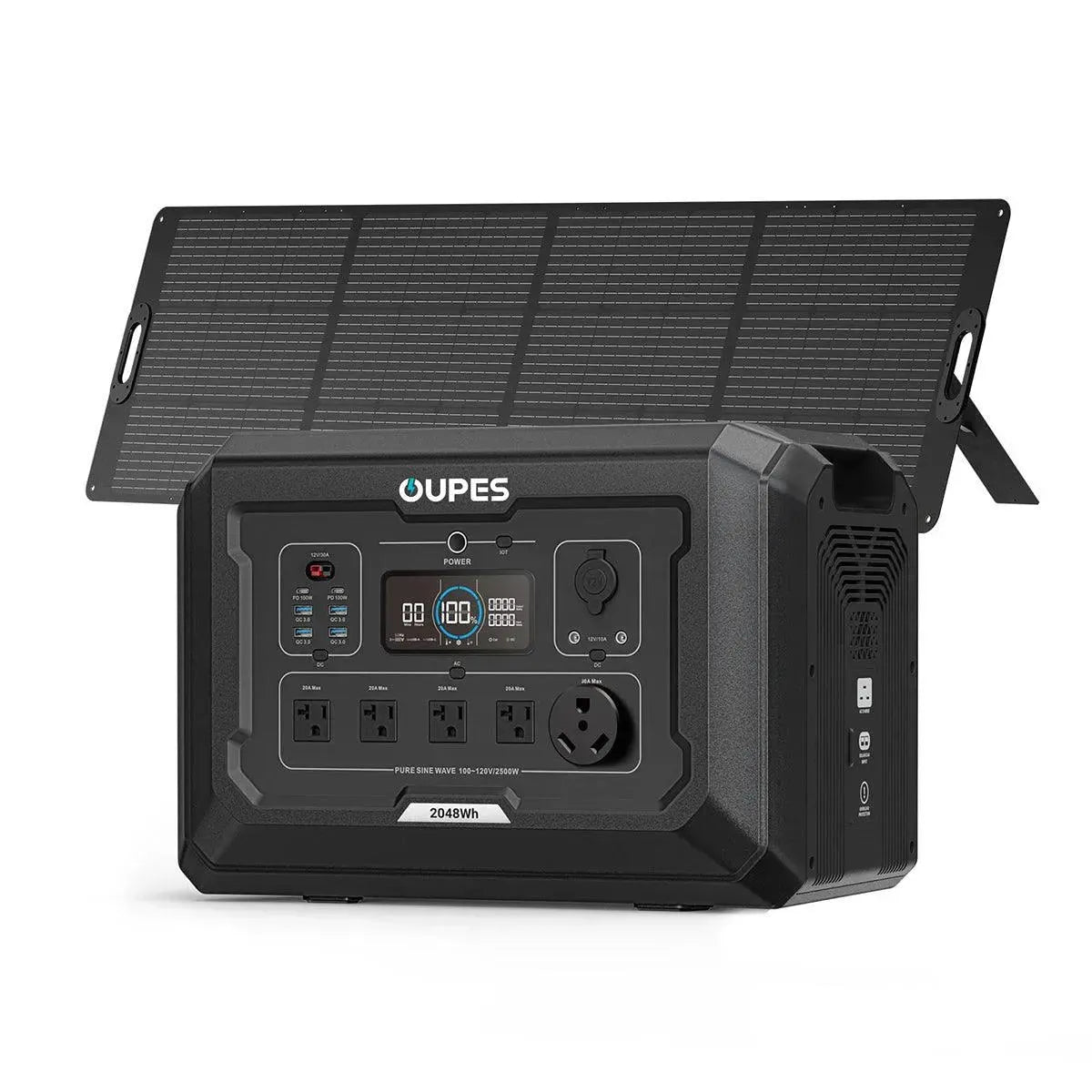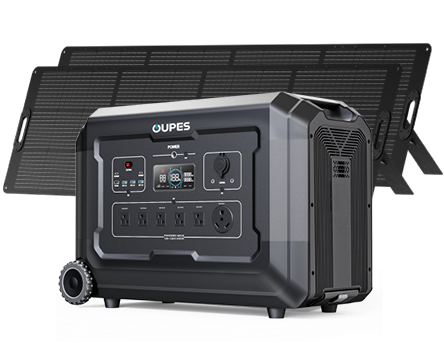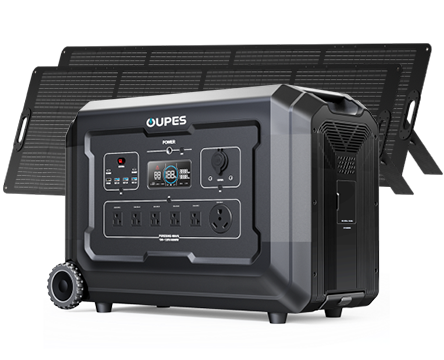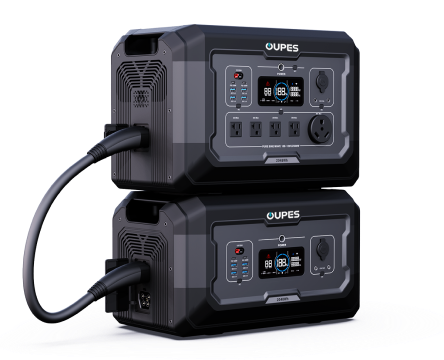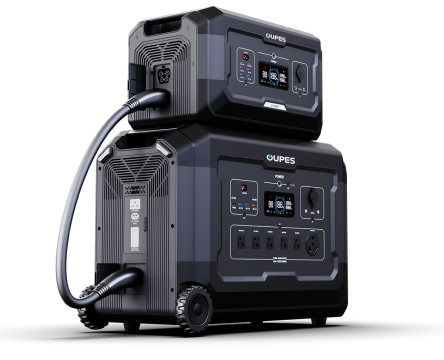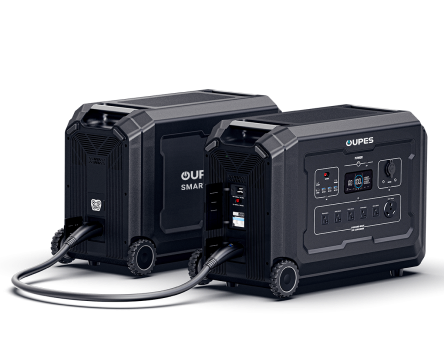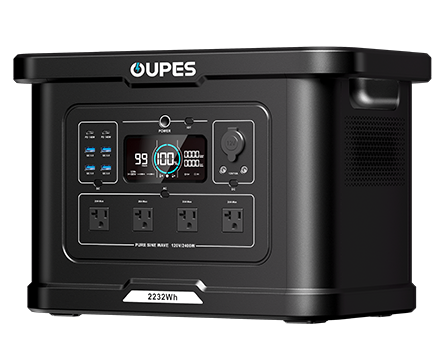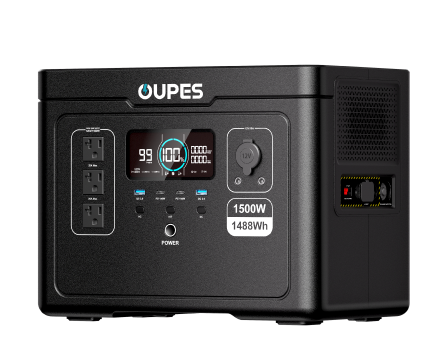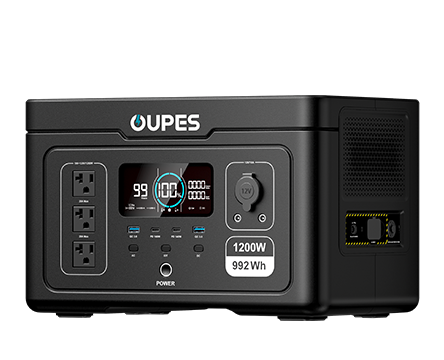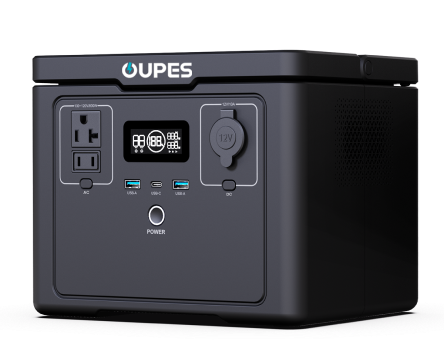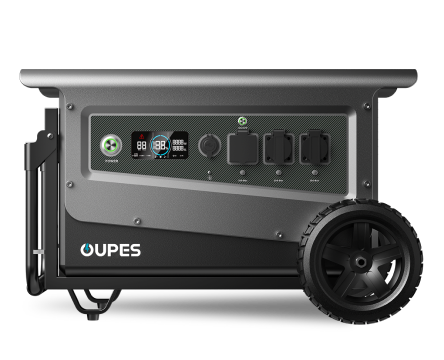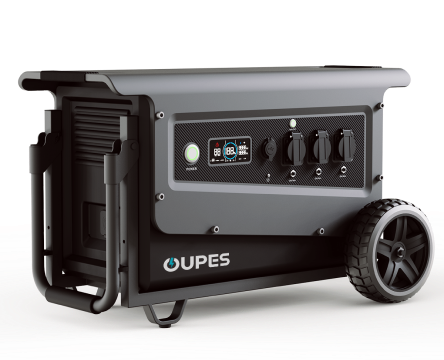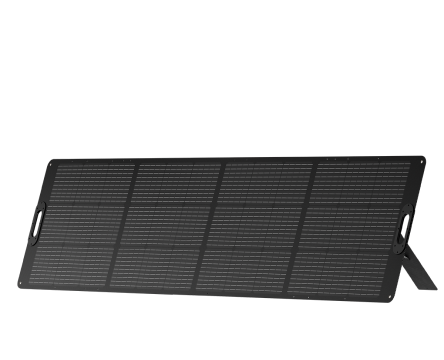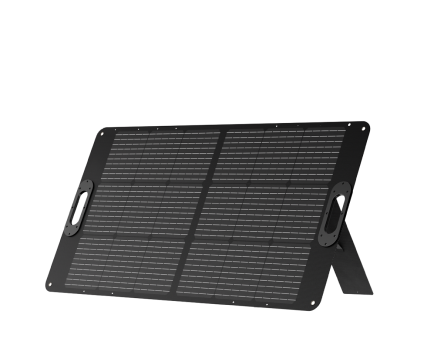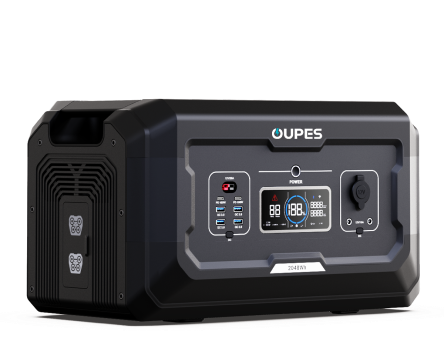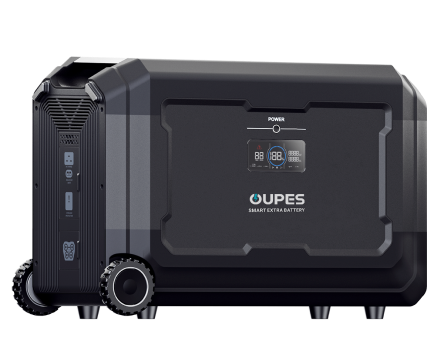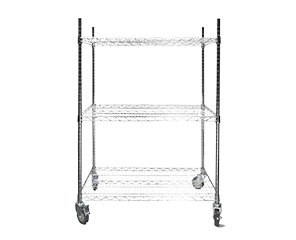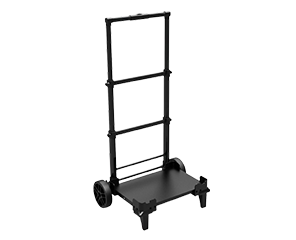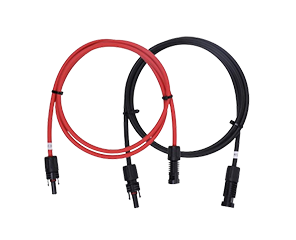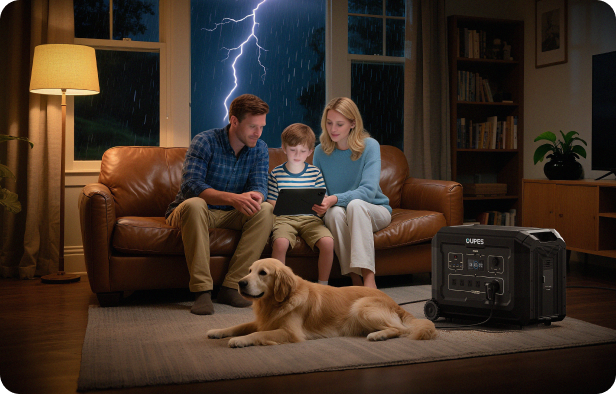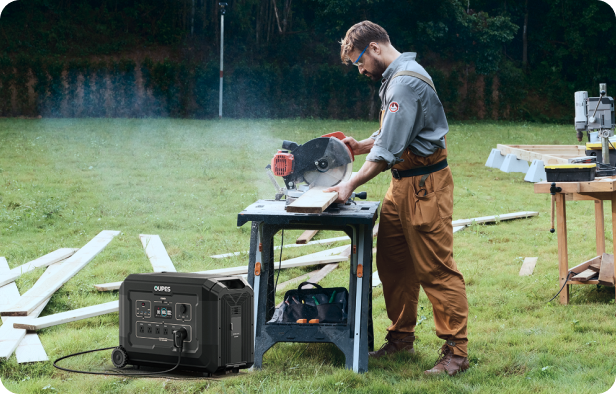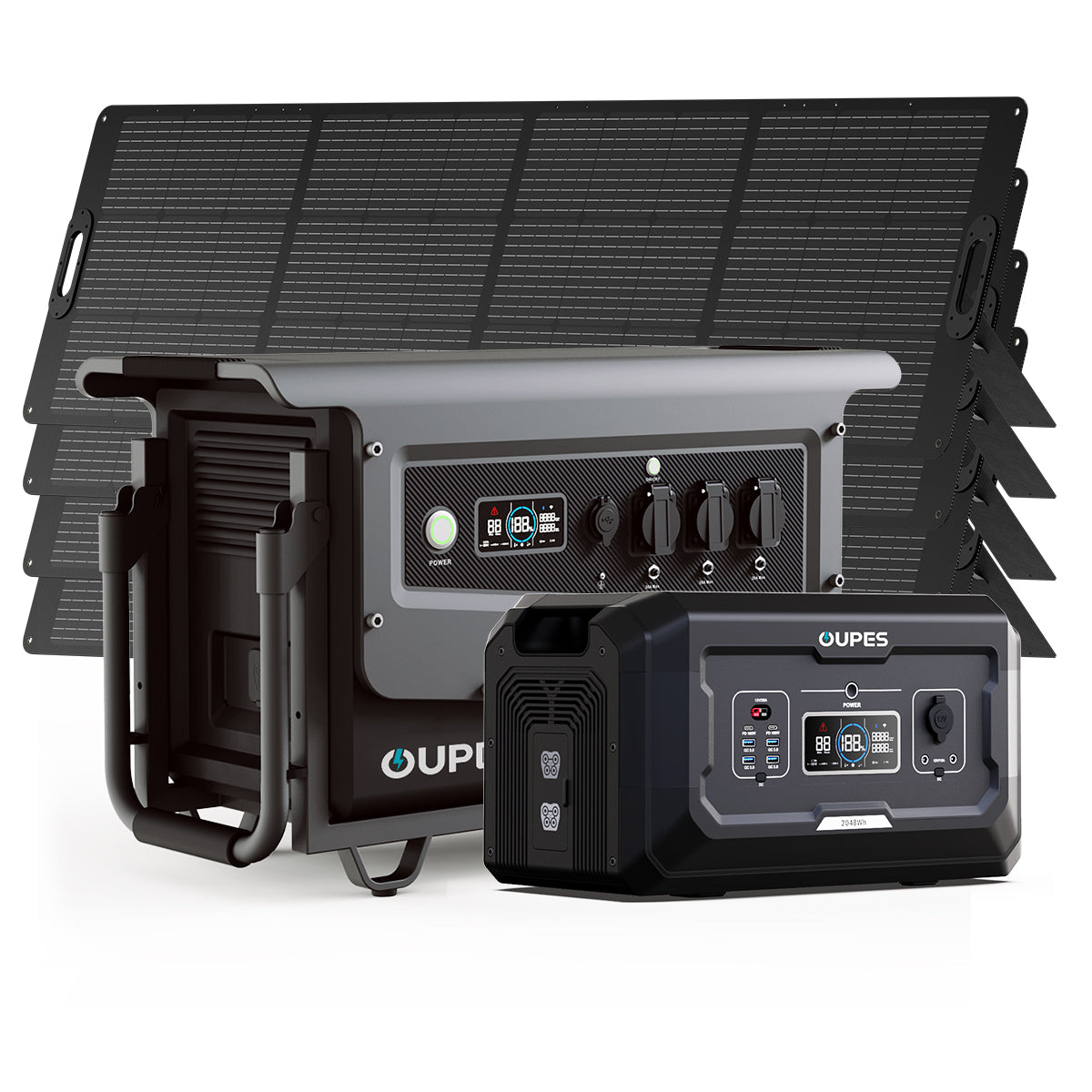
Have you recently opened your electricity bill and felt your jaw drop? A sudden spike in your energy bill can be both confusing and frustrating, especially when you don't recall making any significant lifestyle changes. Fortunately, there are logical explanations behind such increases, many of which can be easily addressed.
In this article, we’ll explore the most common culprits behind a sudden increase in electricity usage, how seasonal and household changes impact your bill, how to troubleshoot hidden power drains, and ways to take back control—starting with smarter energy management using solutions like OUPES portable power stations.
Sudden Weather Shifts and Seasonal Usage
One of the most overlooked causes of a higher electricity bill is a seasonal change—especially during extreme weather. As temperatures drop in winter or climb in summer, your HVAC system has to work harder to maintain a comfortable indoor environment. This spike in heating or cooling demand can dramatically increase energy consumption.
Electric space heaters, window air conditioners, or even heated blankets can silently eat away at your energy budget. A single 1500W heater running for 10 hours a day adds up to 450 kWh per month—an expense you may not have anticipated if you started using one without adjusting your energy expectations.
In colder months, people also tend to stay indoors more often, using lights, TVs, appliances, and electronics more frequently. Conversely, in summer, air conditioning is a leading cause of electricity surges. Central AC systems typically consume between 2000 to 3500 watts per hour of operation. Add to that multiple occupants using fans, cooling units, and even pool pumps, and it’s easy to see why costs escalate.
A useful tip is to monitor your usage by comparing bills from the same month last year. If the temperature patterns were significantly different, your energy bill is likely reflecting that change.
To cushion against high power costs during seasonal surges, consider using a backup energy system. For instance, the OUPES Mega 3 Home Backup & Portable Power Station (3600W, 3072Wh) can power heaters or small AC units intermittently, helping you shave peak-hour costs or remain functional during rolling blackouts.
Phantom Loads and Hidden Energy Vampires
You might be surprised to learn that many electronics and appliances draw power even when they're turned off. Known as “phantom loads” or “vampire energy,” these power drains can add up to 5–10% of your monthly electricity bill without you even noticing.
Common culprits include:
- Televisions
- Gaming consoles
- Coffee makers
- Microwaves with digital displays
- Phone and laptop chargers left plugged in
- Wi-Fi routers and network hardware
Even if each device only draws a few watts, the cumulative effect—especially in a tech-heavy household—can be substantial. For example, leaving a gaming console in standby mode might consume around 10W continuously. Multiply that by 24 hours a day for 30 days, and you've added roughly 7.2 kWh to your bill for just one device.
The solution? Use smart power strips that cut power when devices aren’t in use, and unplug chargers when not needed. You can also consolidate several small loads onto a single outlet managed by a timer or smart plug.
Alternatively, use a portable power solution like the OUPES Exodus 1500 Portable Power Station (1500W, 1488Wh) to isolate energy-hungry devices. Not only can this give you more control over consumption, but it also allows you to monitor output and usage through compatible power management systems.
Appliance Malfunctions and Outdated Equipment
Malfunctioning appliances are another sneaky reason for a sudden bill spike. An older refrigerator, for instance, may have a failing thermostat or compressor that causes it to run constantly instead of cycling off. The same goes for dishwashers, washing machines, or dryers with worn-out parts that reduce efficiency.
Even a leaking water heater can waste both water and energy, especially if it's electric. If your HVAC system has dirty filters or a blocked duct, it will have to work harder to heat or cool the home, drawing more electricity in the process.
To determine if an appliance is the issue, unplug suspected devices one at a time and observe changes in your electricity usage over a few days. Many smart meters and home monitoring systems now allow you to track hourly or daily consumption, making it easier to pinpoint anomalies.
Here’s a table showcasing average energy consumption for common household appliances when functioning properly:
| Appliance | Average Wattage | Monthly Usage (Hours) | Estimated kWh/Month |
|---|---|---|---|
| Refrigerator | 150W | 720 | 108 |
| Dishwasher | 1200W | 30 | 36 |
| Electric Dryer | 3000W | 20 | 60 |
| HVAC System | 3500W | 100 | 350 |
If your bill has suddenly doubled, it could be due to one of these items consuming far more than expected due to malfunction. Addressing the root problem early can prevent further damage and unnecessary costs.
Utility Rate Increases or Billing Errors
Sometimes, your utility provider is the reason for the increase. Energy rates may rise due to local grid demand, fuel cost increases, infrastructure upgrades, or policy changes. In many cases, providers send notifications about rate changes, but they can be easy to overlook.
Another possibility is that you’ve entered a new billing tier. Many providers have tiered pricing structures where the rate increases as your usage surpasses a certain threshold. If your usage crept just over that line, your entire bill could be charged at a higher rate.
Also, look closely at your bill for clerical errors or misread meters. Mistakes do happen, and if something seems dramatically off compared to your normal usage, it’s worth calling customer service to investigate. If you recently moved or changed plans, you might be on a new billing cycle or under a different pricing structure altogether.
To protect yourself from unpredictable energy costs, having an independent power backup system is a smart move. The OUPES Titan 3 Power Station (3600W, 3072Wh) is an excellent choice for reducing reliance on the grid during expensive peak hours or emergencies. When paired with solar panels, it offers a sustainable, long-term solution to avoid rate hikes altogether.
New Habits, Guests, or Lifestyle Changes
Sometimes the answer lies in your daily routine. Have you started working from home recently? Added a new family member or hosted guests? Started using a treadmill or home spa more frequently? All these factors can increase your baseline energy use, especially when combined.
Children doing online learning or partners working from home means more lighting, more device charging, more heating/cooling, and more meal preparation. These changes, although subtle, can compound into noticeable bill increases by the end of the month.
It’s helpful to perform a lifestyle audit to account for any changes. Make a list of new devices added, changes in work or school routines, and increased appliance usage. Then match that against your previous months to identify trends.
Using an independent energy source for new devices can help manage this transition. For instance, the OUPES Exodus 1200 Portable Power Station (1200W, 992Wh) is perfect for powering laptops, routers, monitors, and other work-from-home essentials, preventing them from contributing to your grid-connected energy bill.
Conclusion
A sudden spike in your electricity bill doesn’t always mean something is seriously wrong—but it does mean it’s time to investigate. From seasonal changes and phantom loads to broken appliances or new routines, many factors can lead to unexpected cost increases.
By becoming more aware of your household’s energy habits and leveraging tools like smart meters and portable power stations, you can regain control over your electricity usage. OUPES power stations, from the Exodus series to the Mega and Titan models, offer reliable, efficient alternatives that can reduce reliance on the grid and lower your overall energy costs—no matter the season or situation.

